Buzz words: Capara and Templa are making noise in Belgium and beyond
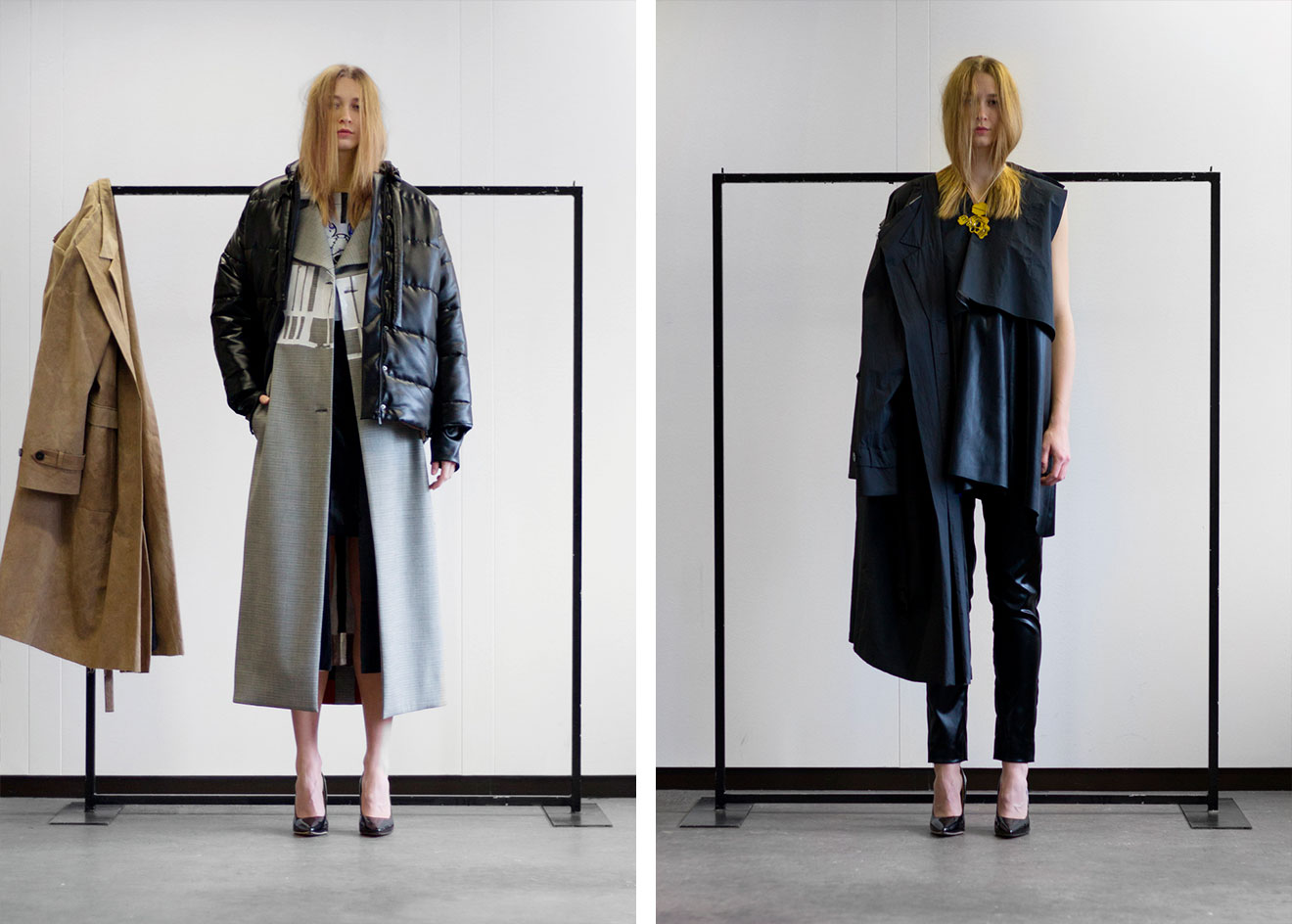
At Flanders DC’s biannual ‘Fashion Talks’ conference last month, Belgian designer Dries Van Noten explained how, as a young graduate, he considered changing his name to something Italian in order to sound more fashionable. When Noten and five other designers – Walter Van Beirendonck, Ann Demeulemeester, Dirk Van Saene, Dirk Bikkembergs and Marina Yee, journeyed from Antwerp in the back of a van in 1986, to present their collections at a London tradeshow, Belgian design burst onto the European fashion scene in a spectacular show of the surreal, the intellectual and the avant-garde.
From Martin Margiela (who graduated from the Antwerp Academy of Fine Arts in 1979, a year before Noten and the ‘Antwerp Six’), to Olivier Theyskens, Raf Simons to Ann Demeulemeester, Belgian designers are among the most venerated in the world. Now, two new brands are bringing a breath of fresh air to its capitals design scene – Capara, an experimental label focused on digital innovation, and Templa, a newly founded performance brand, which creates sublime pieces that translate from the ski slopes to the city.
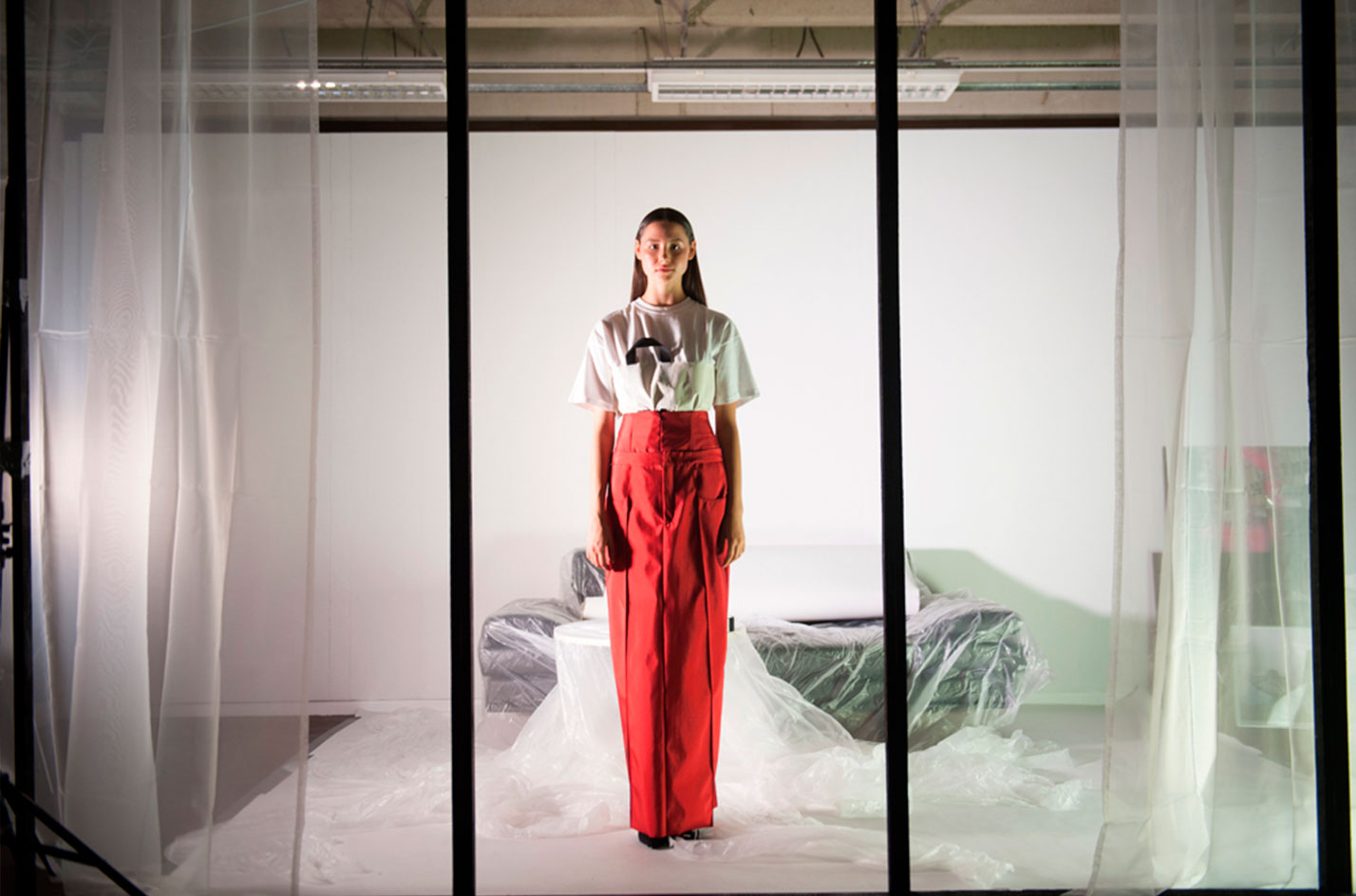
Antwerp-based Capara uses experimental digital methods in its communication
Sarajevo-born and Germany raised twins Olivera and Vera Capara founded their eponymous label in 2010. The siblings, who moved to Antwerp to study a Masters degree at the Royal Academy of Fine Arts cut their teeth working for a variety of Belgian designers: both Olivera and Vera were head designers for Maison Margiela’s Artisanal line, working under Martin himself, before separating to work for luxury leather goods house Delvaux and under Raf Simons at Jil Sander.
In September, Capara launched its new retail strategy, abandoning the idea of seasonal releases, catwalk shows and presentations, and releasing pieces on its website on the eleventh day of each month. When buyers or direct online consumers access the brand’s site, they are greeted with a series of fuzzy lo-fi video screens. Scroll over one and instead of conventional e-commerce images, a series of models appear, rotating on elevated podiums.
‘This is our way of creating something personal,’ Vera explains of the brand's video-focused approach. ‘We’re trying to do things in a new way’. A screen on Capara’s website even features a live link of the rooftops surrounding its studio. The brand’s clothing is equally innovative, featuring exaggerated tailoring, oversized outerwear, and garments finished with pieces of tape or plasticky and mischievous cartoon prints. ‘The clothes are mostly concentrated on patterns and volume. It’s about the idea of messing them up. Like taking an amazing quality material from Italy and adding something street-focused to it.’
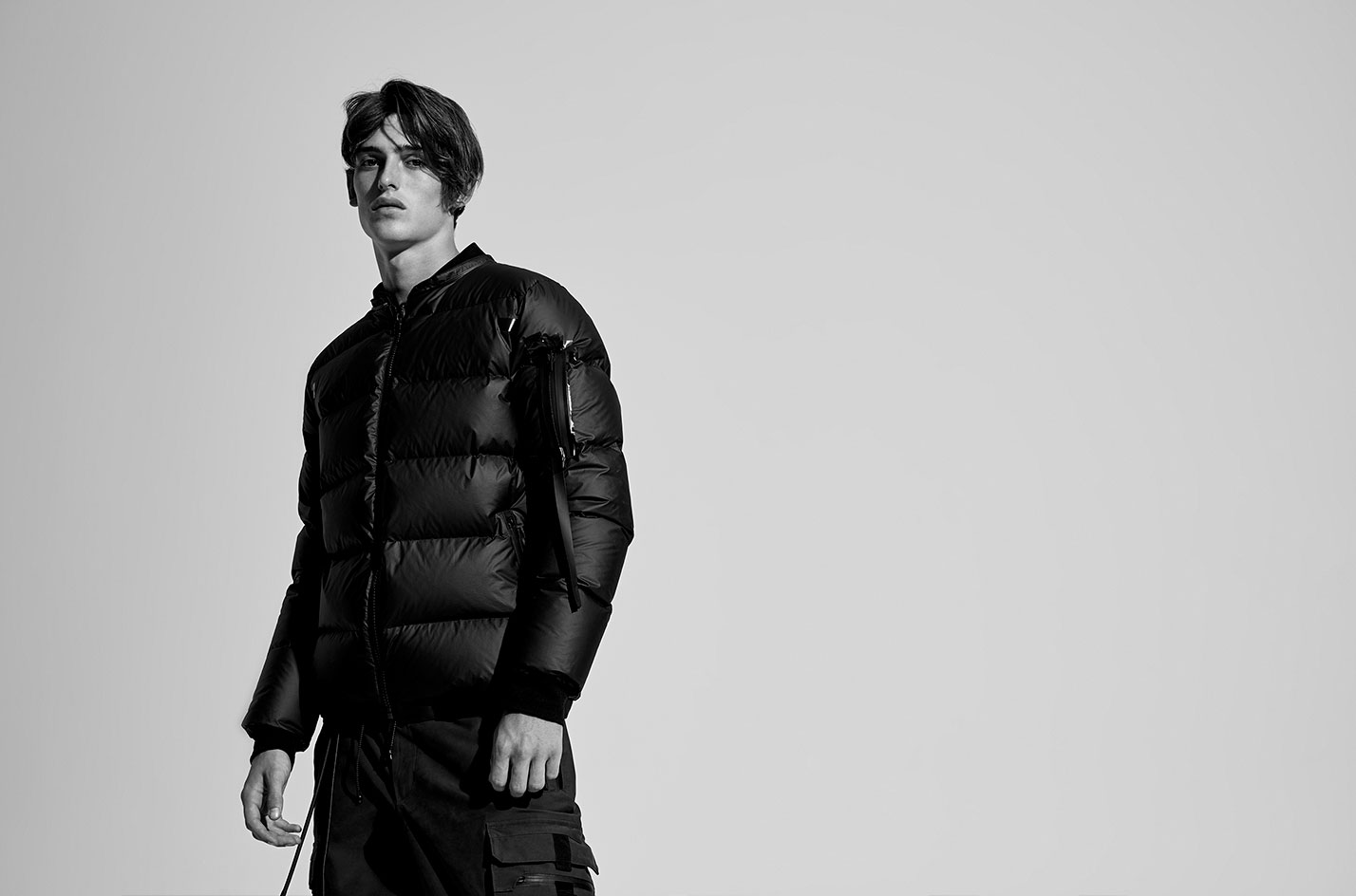
Templa combines luxurious and high quality alpine wear with a slick, urban sensibility
A newly launched label also rooted in innovation, Templa – which debuted this month, has already won the the Ispo Brandnew 2018 award for Apparel. The brand, which creates minimalist and luxurious alpine pieces, operates between Belgium and Australia, where its co-founders Anati Rakocz, Roberto Maniscalco and Dellano Pereira reside respectively.
‘Every piece is meticulously made to function in different moments,’ says Antwerp-based Rakocz, the brand’s commercial and sales director, who worked as global commercial director at both Haider Ackermann and Ann Demeulemeester. Templa’s waterproof, breathable and insulating outerwear features unusual performance-focused details, like extra large zips for greater ease and durability, internal sleeve extensions and a removable snow skirt. Its first edition – which is produced in Italy, Portugal and Hong Kong – is stocked exclusively at Lane Crawford, Barneys and Selfridges, and its details bring a versatility to the designs. ‘A jacket that is made for snowboarding and skiing can be reworked for the city, or even for a fashion show.’
Not just about designing luxurious and highly crafted performance pieces, Templa’s brand mantra centres around clothing for enhancing and elevating an active lifestyle. Maniscalco, the founder of the Melbourne-based clothing label Claude Maus, and Pereira, the mind behind the creative agency Three60, are both avid skiers. ‘When people want to be healthy and sporty,’ Rakocz says, ‘they want to do it in something beautiful and professional, which is made with heart and soul.’
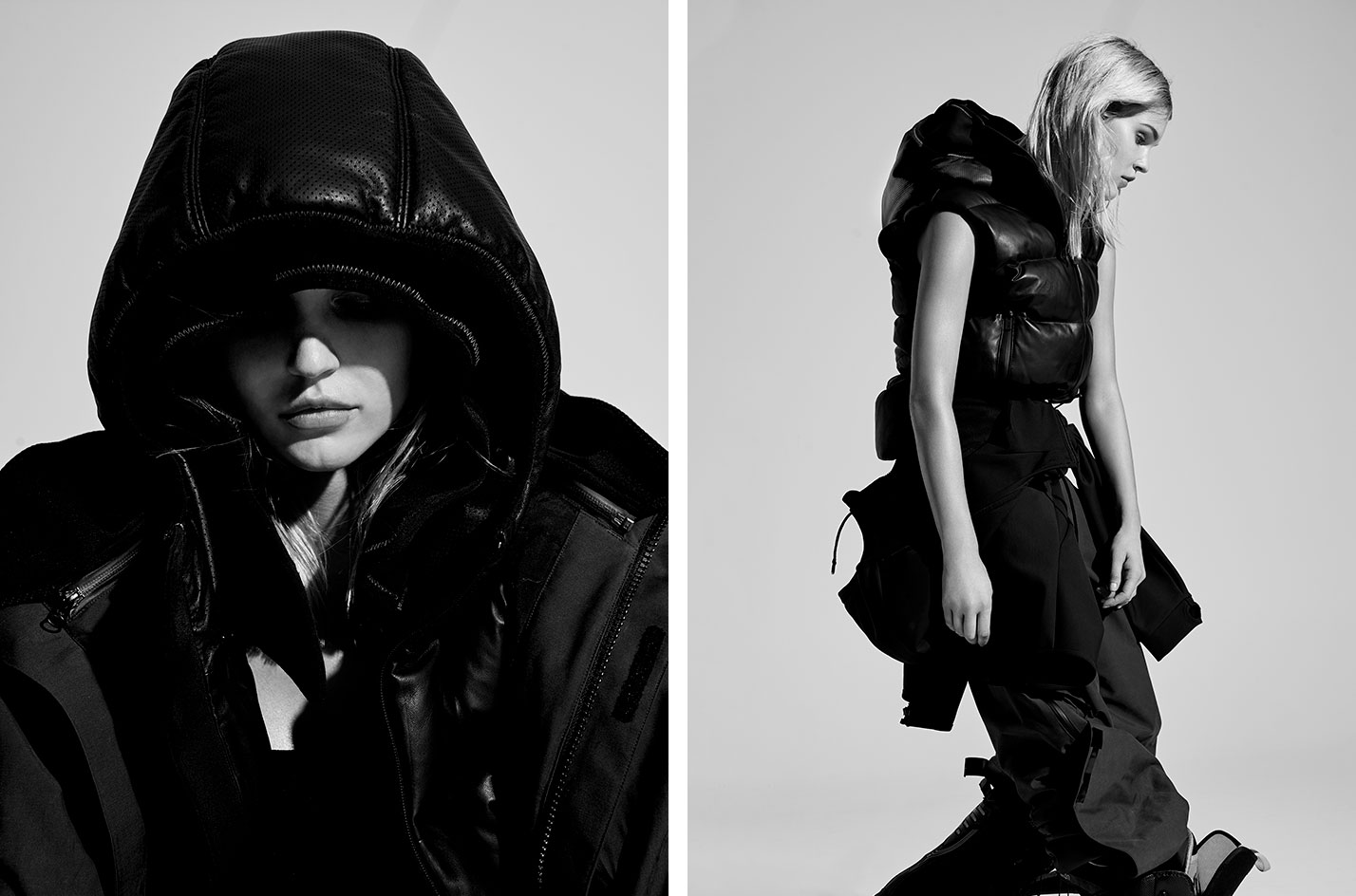
Templa, which is based between Belgium and Australia, creates minimalist and highly crafted alpine wear
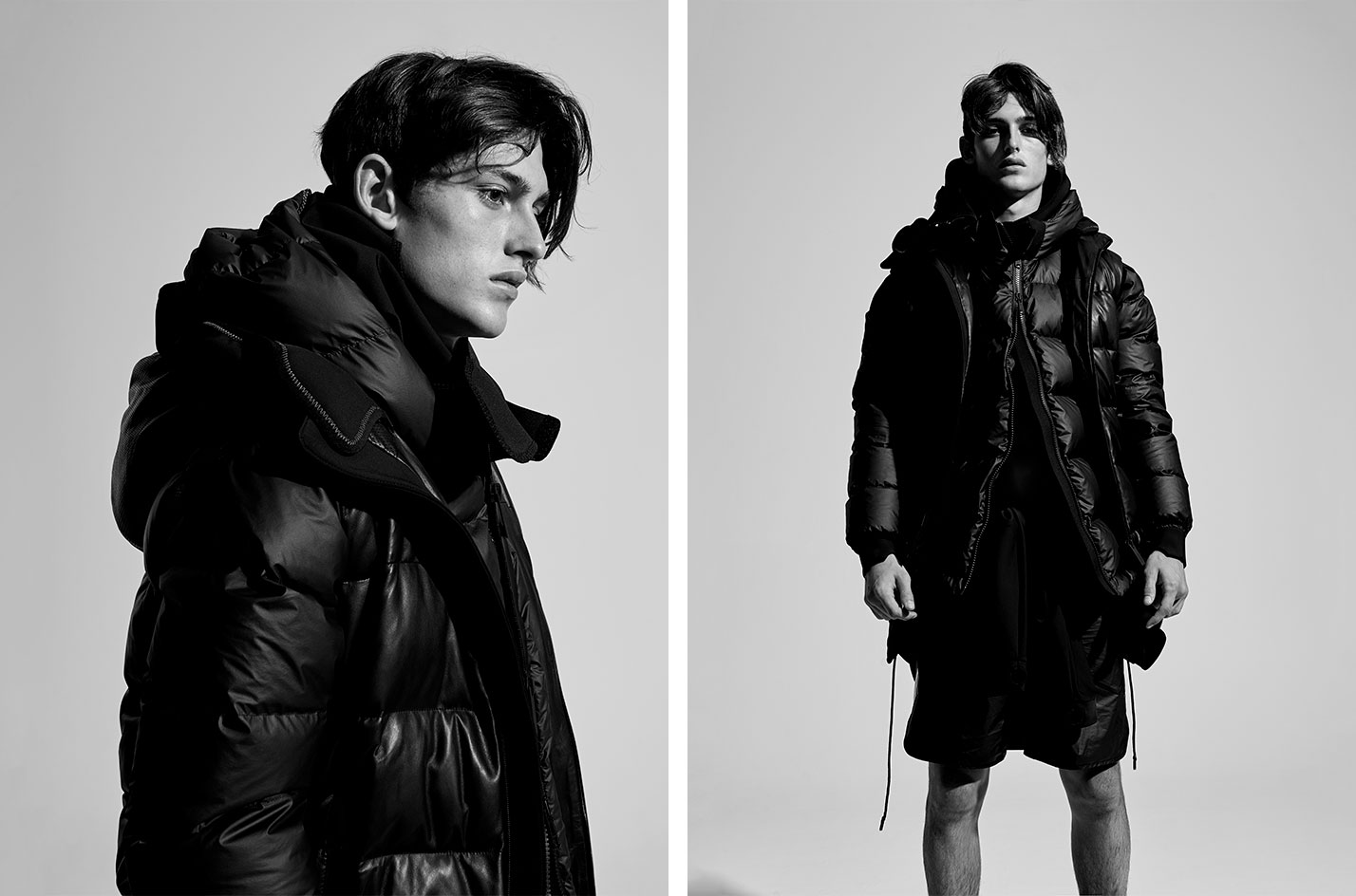
A love of skiing encouraged Australia-based Roberto Maniscalco and Dellano Pereira to launch Templa
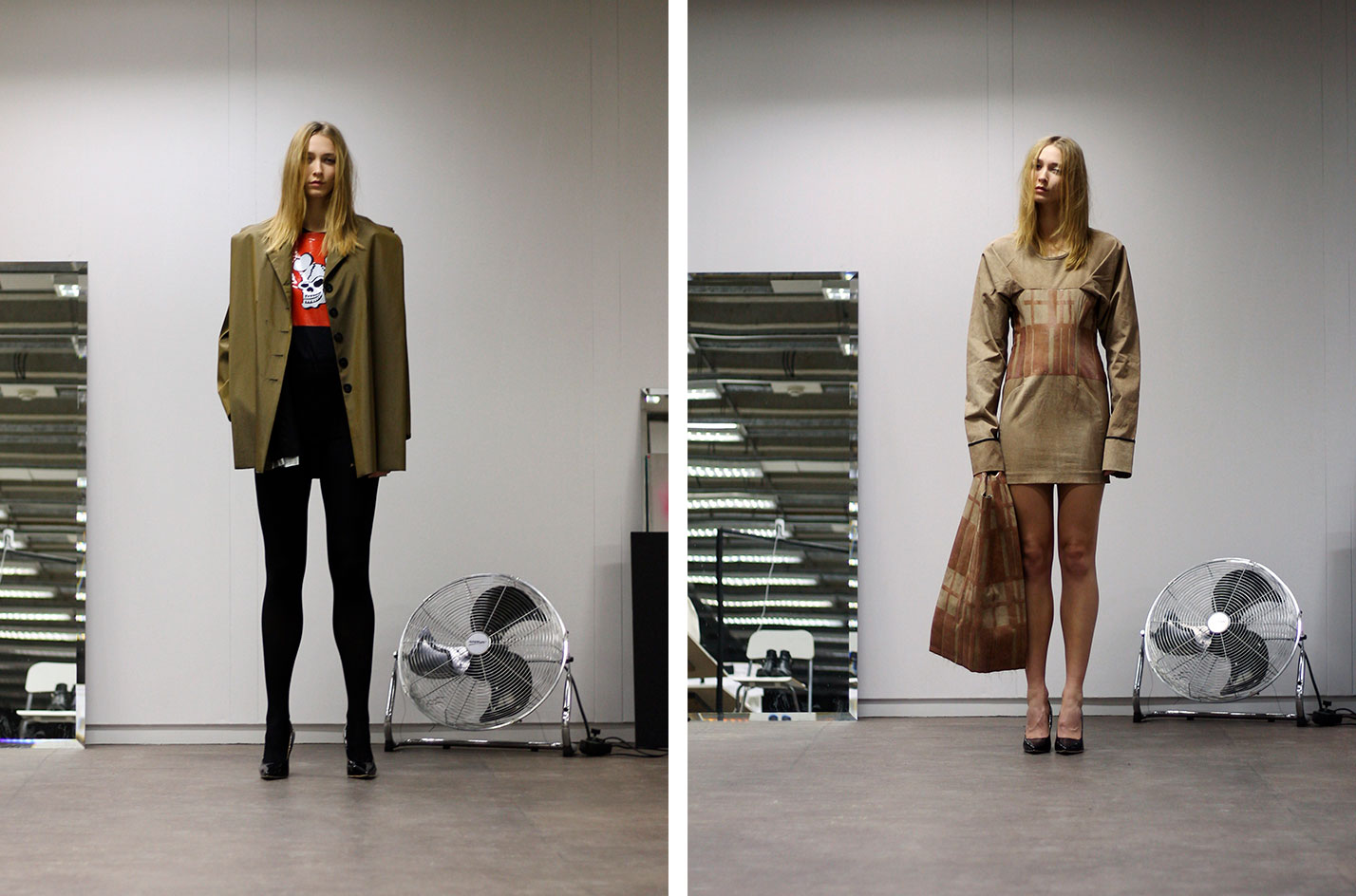
In September, Capara launched a new digital retail approach, which sees drops of clothing released on its site each month
INFORMATION
For more information, visit the Capara website, and the Templa website
Wallpaper* Newsletter
Receive our daily digest of inspiration, escapism and design stories from around the world direct to your inbox.
-
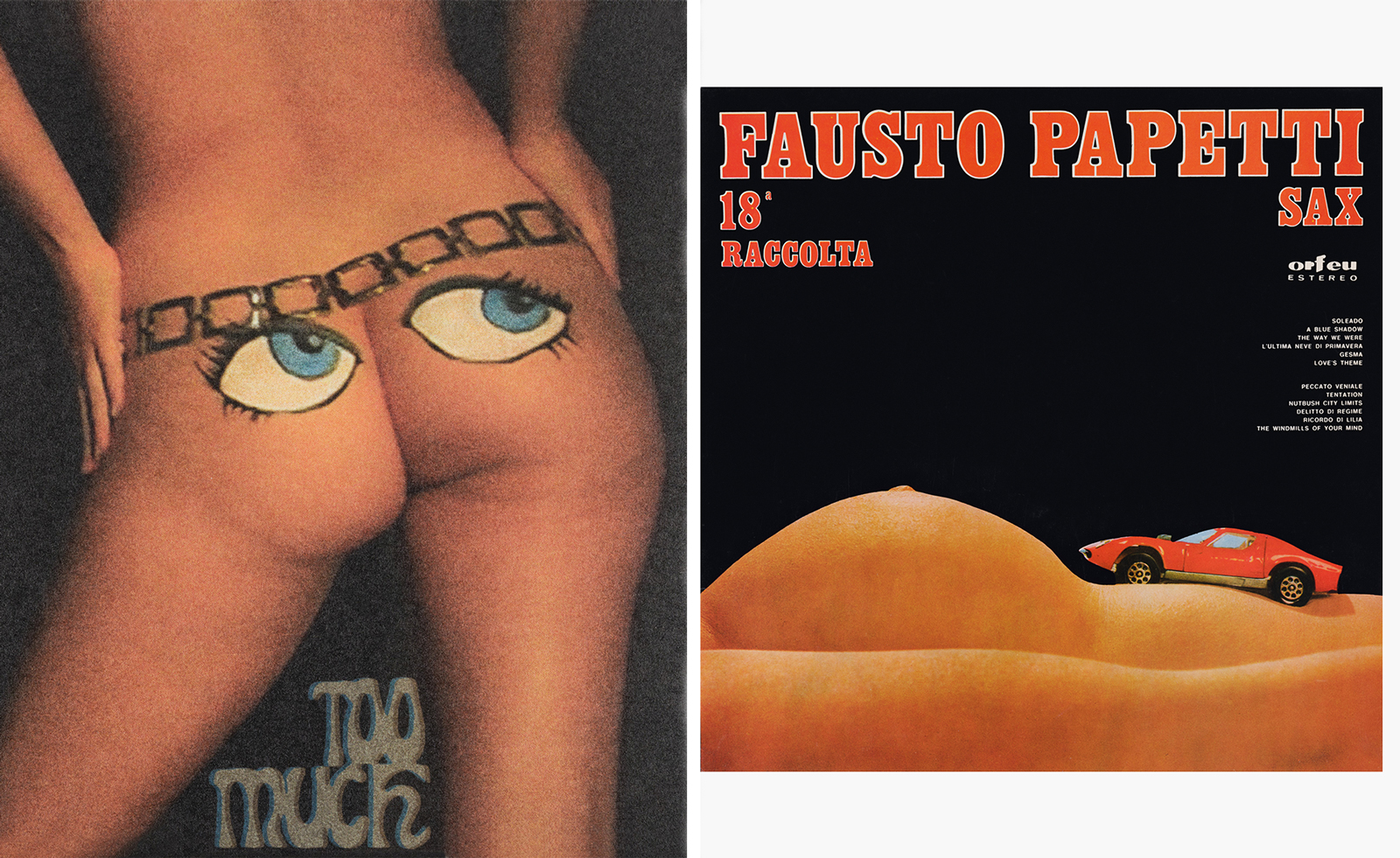 Taschen’s sexy record covers are hitting all the right notes
Taschen’s sexy record covers are hitting all the right notesTaschen has been through 50 years of album art for its latest tome, ‘Sexy Record Covers’
By Hannah Silver
-
 In Wales, Michelin-starred Gorse celebrates the country’s abundant larder
In Wales, Michelin-starred Gorse celebrates the country’s abundant larderGorse is the first Michelin-starred restaurant in Cardiff, putting Welsh cuisine on the map. We speak with chef and founder Tom Waters about the importance of keeping culinary traditions alive
By Tianna Williams
-
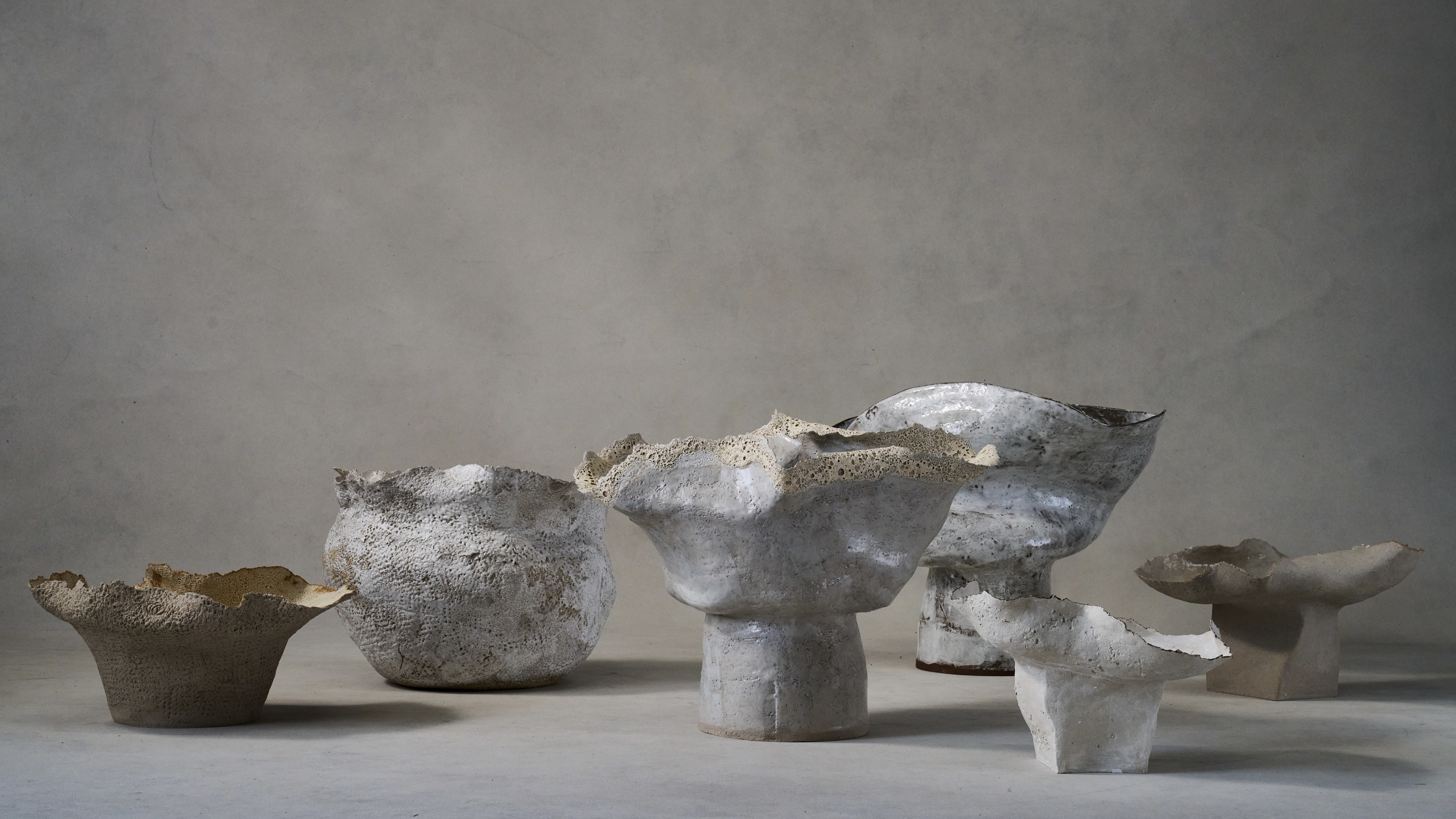 Ludmilla Balkis’ organic, earthy ceramics embody the Basque countryside
Ludmilla Balkis’ organic, earthy ceramics embody the Basque countrysideThe sculptor-ceramicist presents a series inspired by and created from found natural objects in a New York exhibition
By Anna Solomon
-
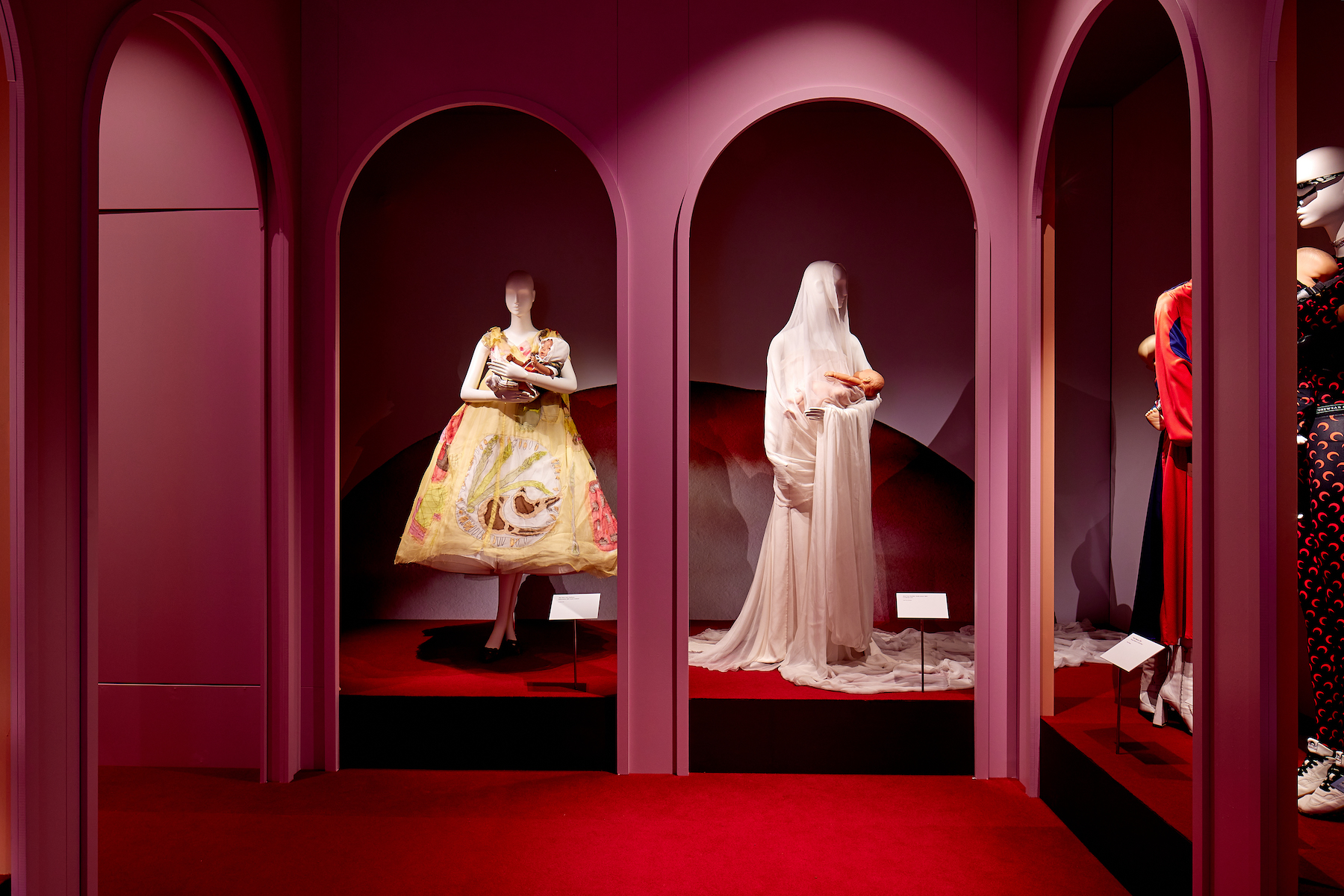 Inside ‘M&OTHERS’, the experimental exhibition dissecting the relationship between fashion and motherhood
Inside ‘M&OTHERS’, the experimental exhibition dissecting the relationship between fashion and motherhoodA new exhibition at Modemuseum Hasselt, Belgium explores the rarely examined link between fashion and motherhood, in all its forms
By Dal Chodha
-
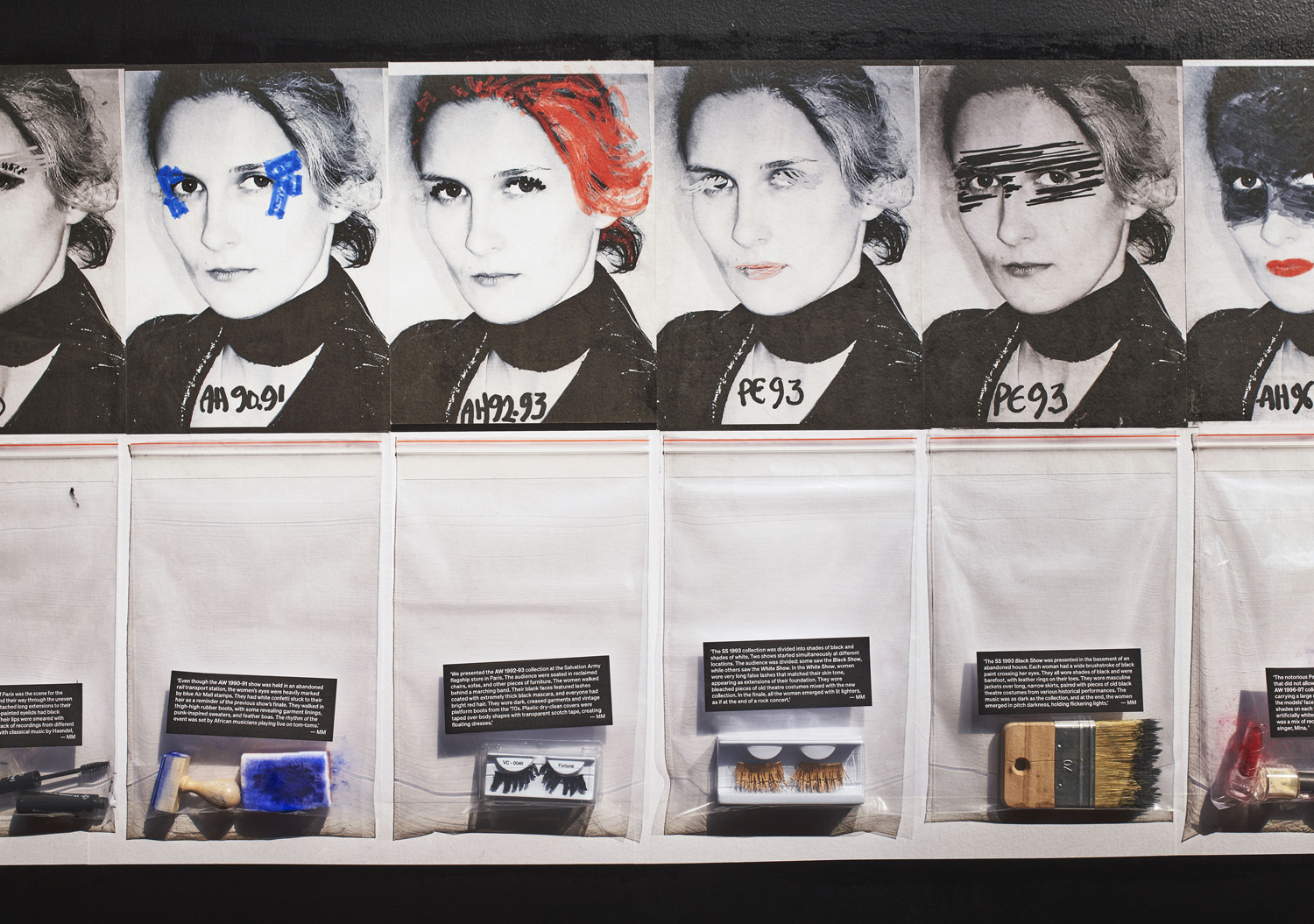 ‘Masquerade, Make-up & Ensor’ at MoMu celebrates the artistry of Pat McGrath, Cindy Sherman and more
‘Masquerade, Make-up & Ensor’ at MoMu celebrates the artistry of Pat McGrath, Cindy Sherman and more‘Masquerade, Make-up & Ensor’ is a newly opened multimedia exhibition at MoMu – Fashion Museum Antwerp, celebrating the craft of make-up and hair; Zoe Whitfield reports
By Zoe Whitfield
-
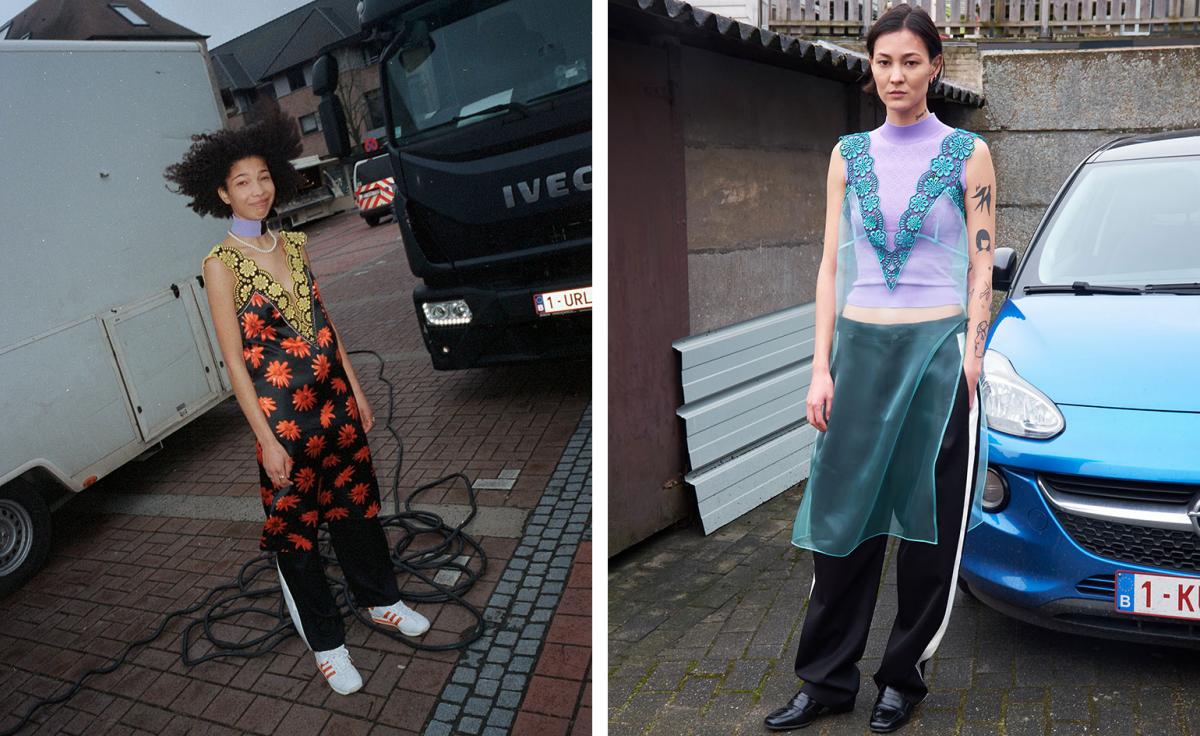 Meryll Rogge is rethinking classic fashion from a remote Belgian barn
Meryll Rogge is rethinking classic fashion from a remote Belgian barn‘The brand is open to everything, everybody, and to interpretation,' says founder Meryll Rogge, of her democratic approach to design
By Laura Hawkins
-
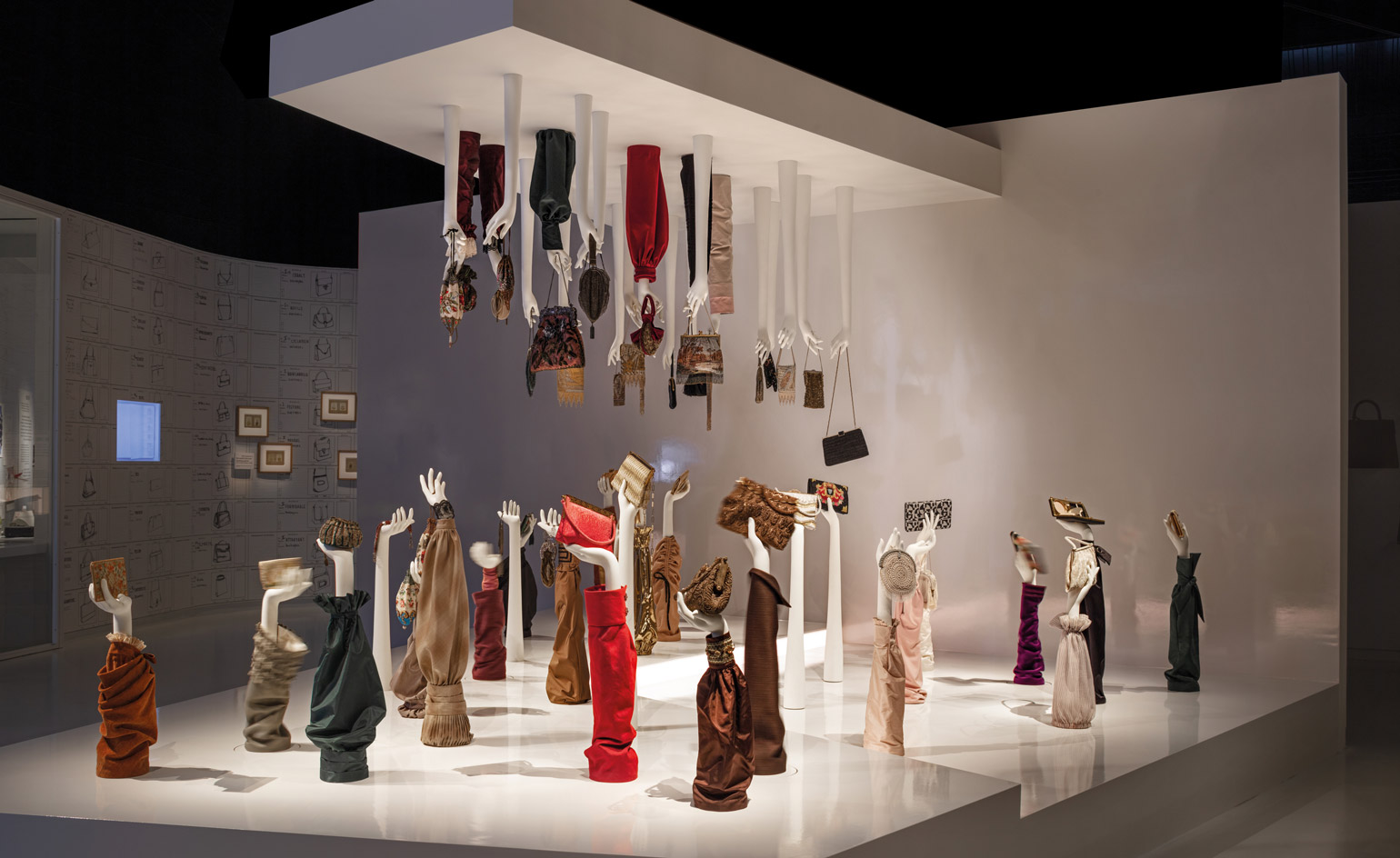 Delvaux opens Brussels museum with a surreal touch
Delvaux opens Brussels museum with a surreal touchBy Siska Lyssens
-
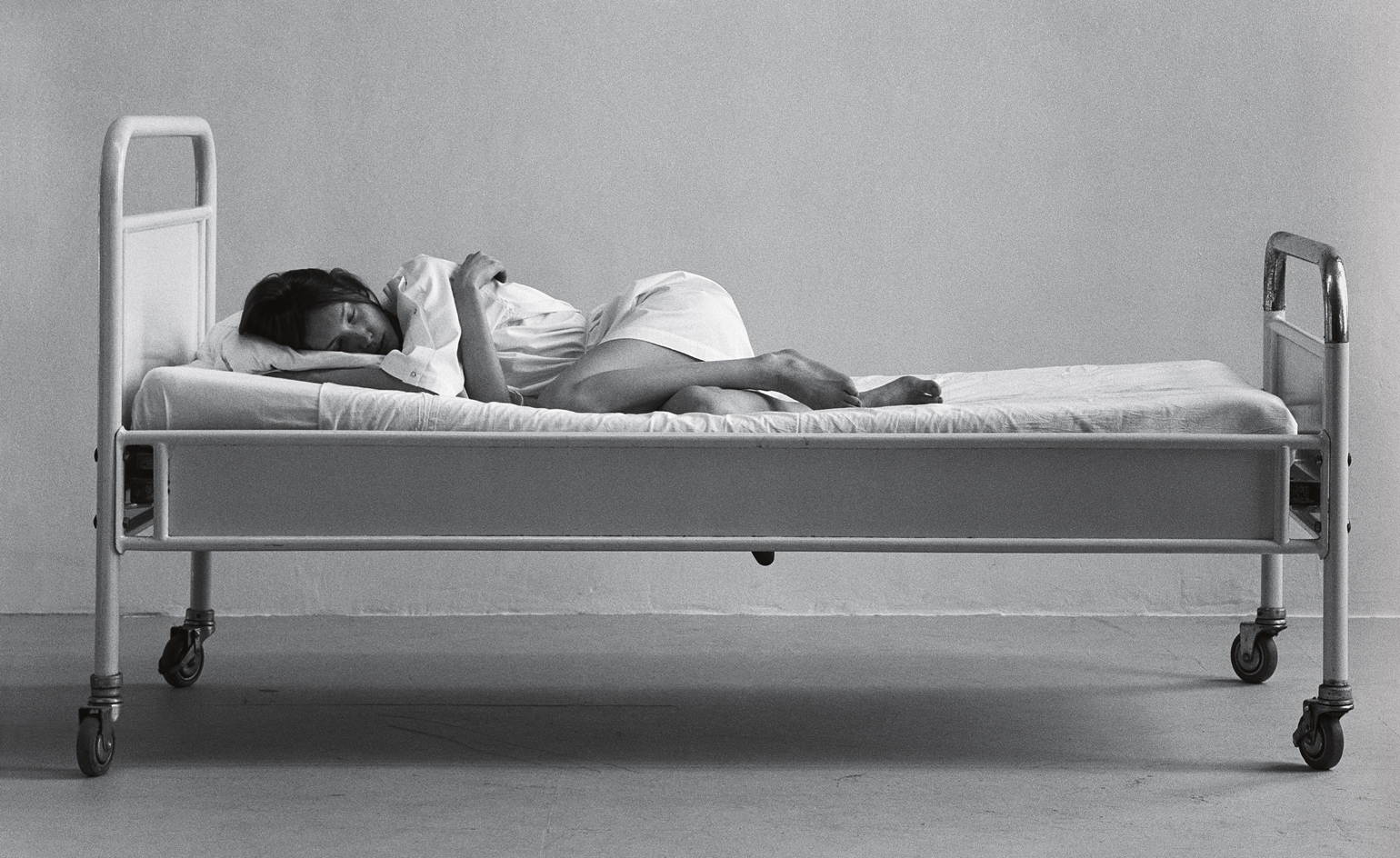 Equal rights: a new tome celebrates AF Vandevorst’s 20 year partnership
Equal rights: a new tome celebrates AF Vandevorst’s 20 year partnershipBy Ana Kinsella